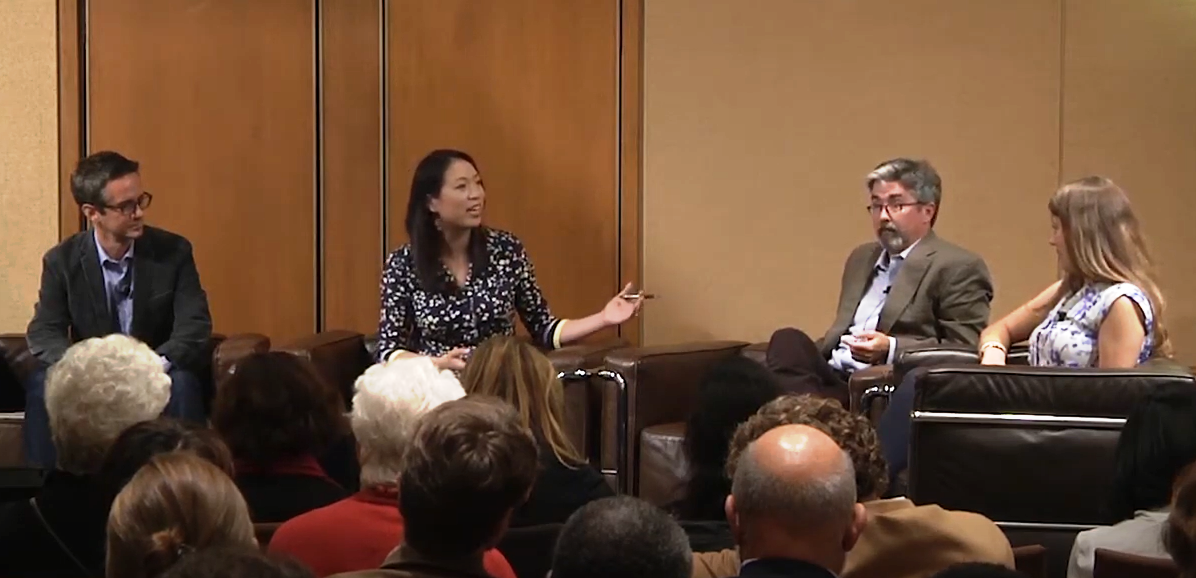Sangita Rajan
4:31
4:33
4:40
4:41
4:43
4:47
4:48
4:50
4:51
4:52
4:53
4:56
4:56
4:57
4:58
4:59
5:00
5:01
5:02
5:05
5:06
5:07
5:08
5:11
5:12
5:14
5:14
5:16
5:18
5:19
5:20
5:23
5:25
5:27
5:28
5:30
5:32
5:33
Connecting…

